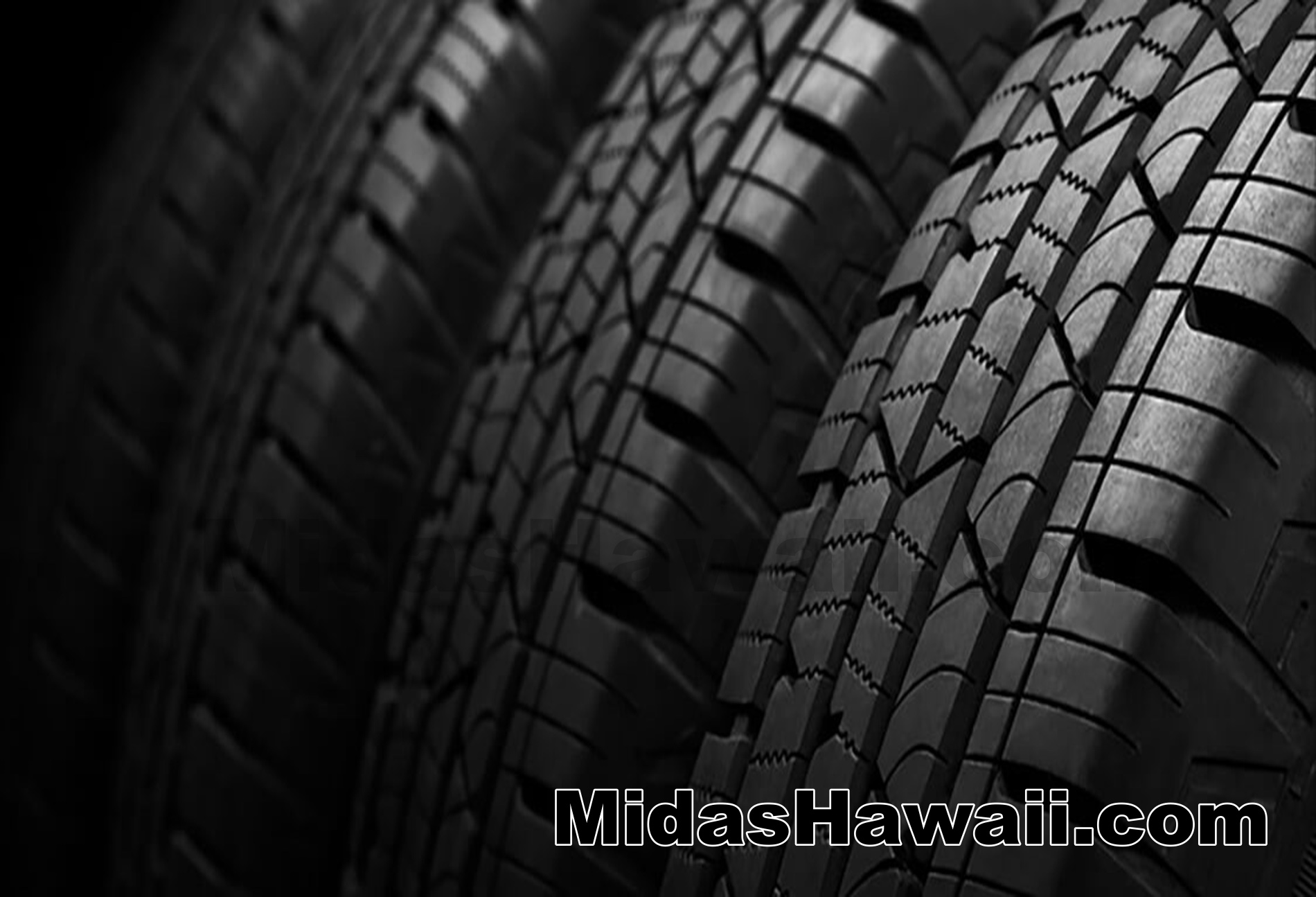Flat Tire Repair
- Tweet
Back to the top
FAQ LEGEND
Back to the top
Flat Tire Repair Questions
A. If you've ever had a flat tire, you know two sinking feelings: The flat itself, and the thought of having to replace a tire before its time. But as much as we love selling new tires, it's not ideal to replace one tire at a time. If your tire can be repaired, it's better to fix it and keep the set together for a long and useful life. We're here to help you keep those tires as long as possible -- and select your next set when the time comes.
At your tire repair appointment, your Midas technician will inspect your tire and let you know if we can safely repair it according to specific U.S. and Canadian industry standards1.
We can usually repair:
- Punctures to the tire tread ¼ inch or smaller: We plug the hole and apply a patch to the area.
- Leaks in and around the air valve stem: We replace the valve stem if it's damaged, and re-seal the valve stem it there's a leak where it's inserted into the tire.
We cannot repair:
- Punctures larger than ¼ inch.
- Punctures that are too close to previous repairs on the same tire.
- Sidewall damage.
A. Most cars can be driven on a flat tire very slowly, for extremely short distances (such as one hundred yards) without damaging the wheel. But you cannot drive on a flat tire at all if you want to preserve the option of having the tire repaired. Contact with the rim will shred the tire's internal structure. And driving on a flat tire should be a last resort, reserved for situations when you cannot safely pull over and call for a tow truck. There is no way to determine exactly how long your flat tire will protect your wheel. That's assuming you don't have run-flat tires.
If you have run-flat tires, check your tire model specifications to see how far you can drive in the event of a flat. Most run-flat tires are designed for up to fifty miles of driving while flat, at up to 50 mph.
If your tire has a slow leak, make an appointment at your earliest convenience and keep your tire pressure properly inflated until you reach your local Midas.
A. There are several possible causes of a slow tire leak:
- A puncture from a very small object that is still lodged inside the tire.
- Aging rubber which is vulnerable to tiny cracks.
- A leaky air valve stem.
A. To find the slow leak in your tire, try the Bubble Test:
- Check your tire's air valve stem for damage or corrosion.
- Examine the tire carefully for foreign objects lodged inside puncture marks.
- Spray the tire with soapy water. Look for active bubbles -- this will be air escaping from the leak.
A. Unlike a punctured tire tread, a punctured tire sidewall cannot be safely repaired. The tread of a tire can be plugged and patched thanks to the layers of structural support under the tread. The sidewall is flat rubber, too thin to attach a plug. Without the plug, a patch on the outside of the sidewall would not hold. A tire with sidewall damage is no longer structurally sound for safe driving.
ref no:34691
Please send questions about this website to webmaster
Terms of Use / Legal Disclaimer / Privacy Statement
Site Designed and Managed by MacBusiness Consulting

